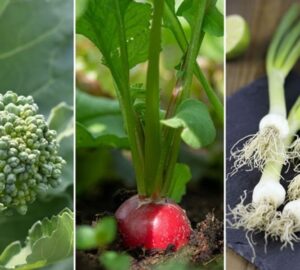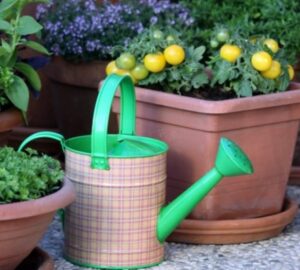In our comprehensive guide below, discover the essential steps for planning, establishing and maintaining a flourishing herb garden. This engaging project can kick off as early as the end of February, depending on your local weather conditions.
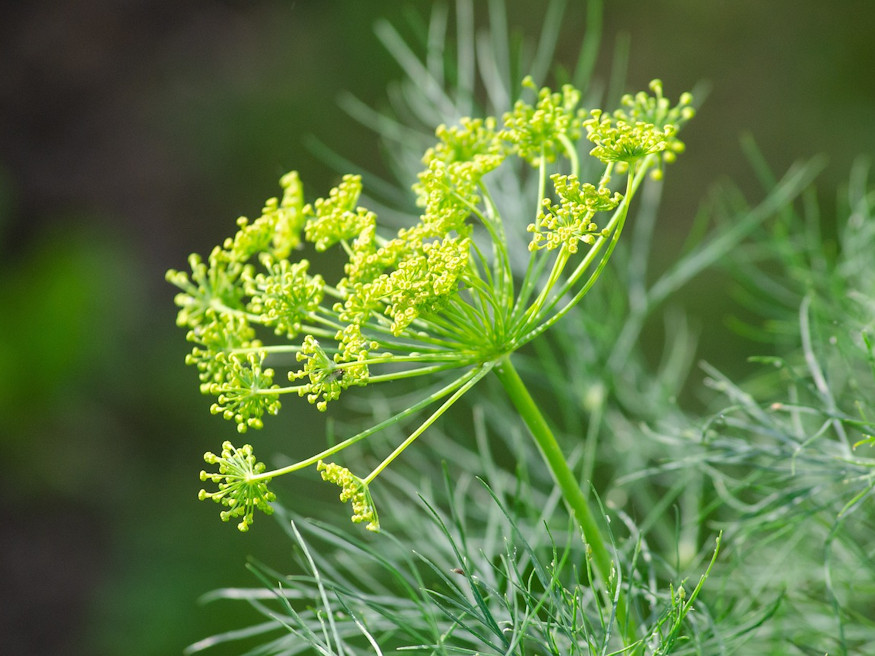
Dreaming of your own herb garden but uncertain about where to begin? Fear not! Creating a herb garden stands out as one of the most straightforward and rewarding gardening activities, especially for those new to the world of horticulture. Delve into the initial steps to bring your herb garden to life:
1. Find the Perfect Spot
For most herbs destined for private gardens, two crucial elements are sunlight and well-draining soil. As you ponder the ideal location for your herb haven, ensure the plants bask in at least 6 hours of sunlight daily, coupled with soil that boasts proper drainage.
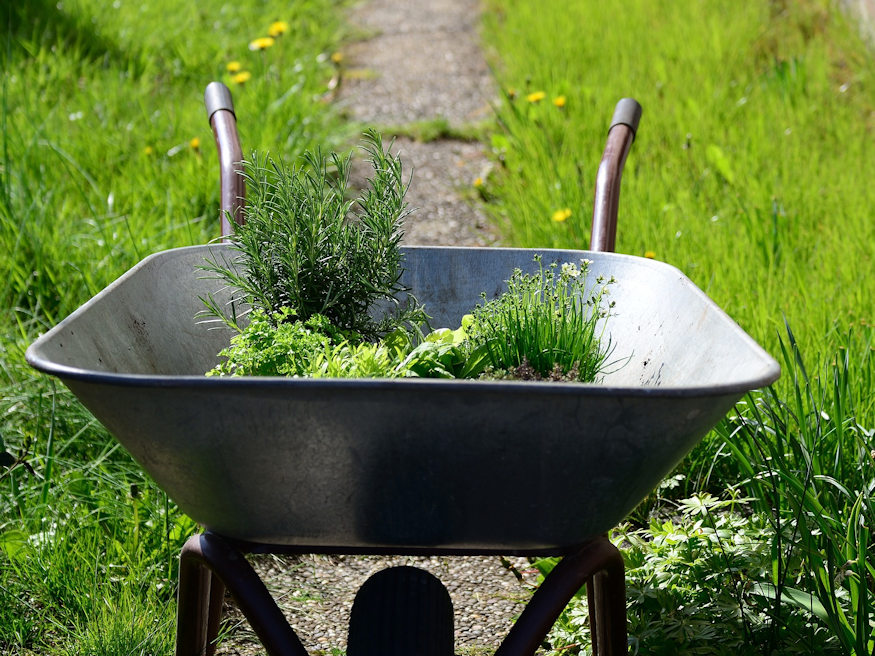
Consider accessibility when situating your herb garden – opt for a spot conveniently reachable from your house or kitchen, facilitating easy harvesting of your homegrown treasures.
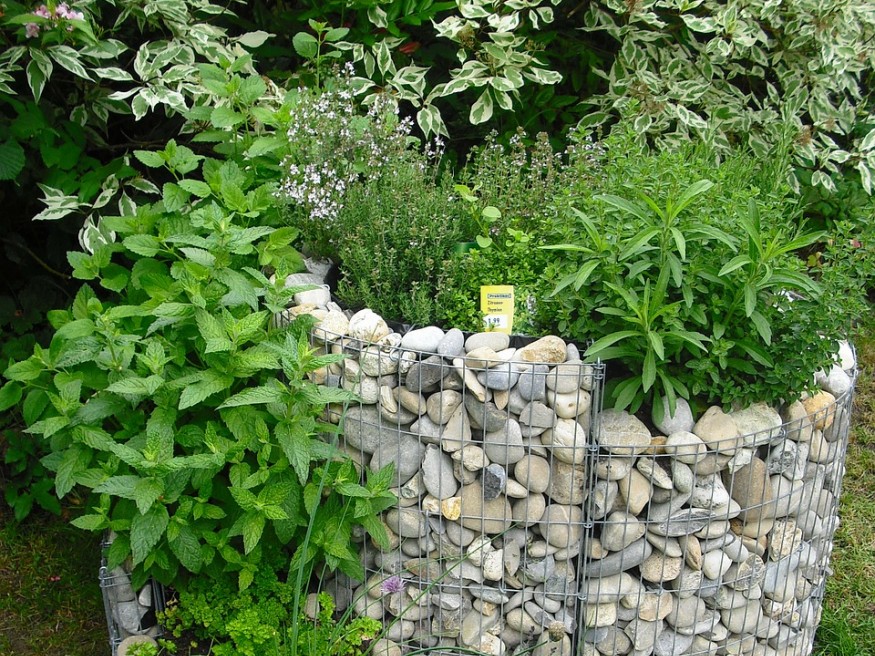
2. Ready the Soil Before Planting
After pinpointing the garden’s locale, the next step involves soil preparation. If your soil leans towards the extremes of sandy or clayey, enrich it with a generous dose of compost. Even if your soil already possesses the right texture, a touch of compost guarantees additional nutrients for your budding herbs.
Avoid using composted manure for herb growth, as its high nitrogen content accelerates growth at the expense of flavor and aroma intensity.
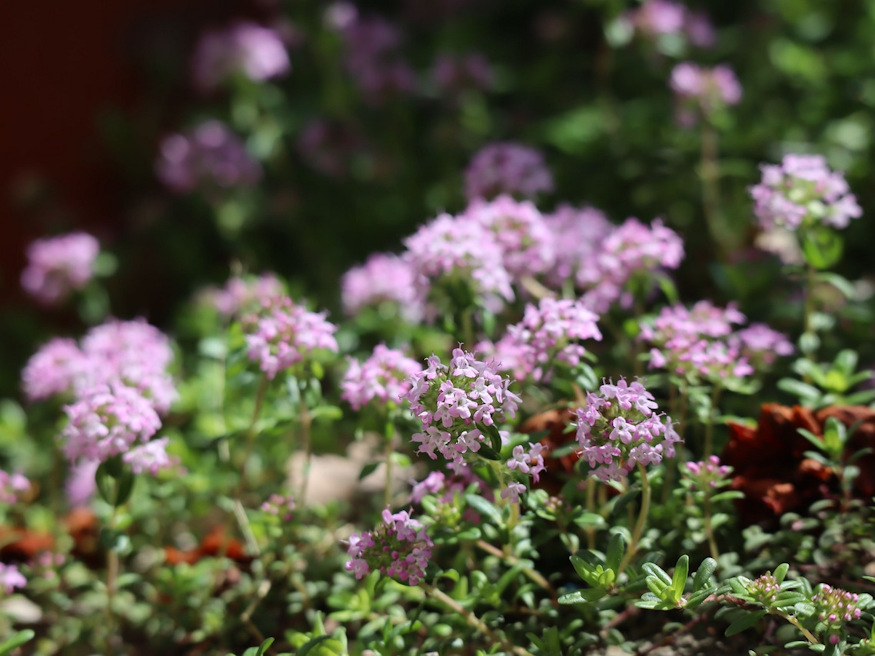
3. Choose Your Herbal Companions
The herbs you select to grace your garden primarily depend on your personal taste and preferences. Virtually all herbs thrive through at least one growing season, with many becoming perennial guests. Here’s a list of some fail-safe choices for novice gardeners:
- Basil
- Chives
- Dill
- Lemon balm
- Mint
- Oregano
- Rosemary
- Sage
- Thyme
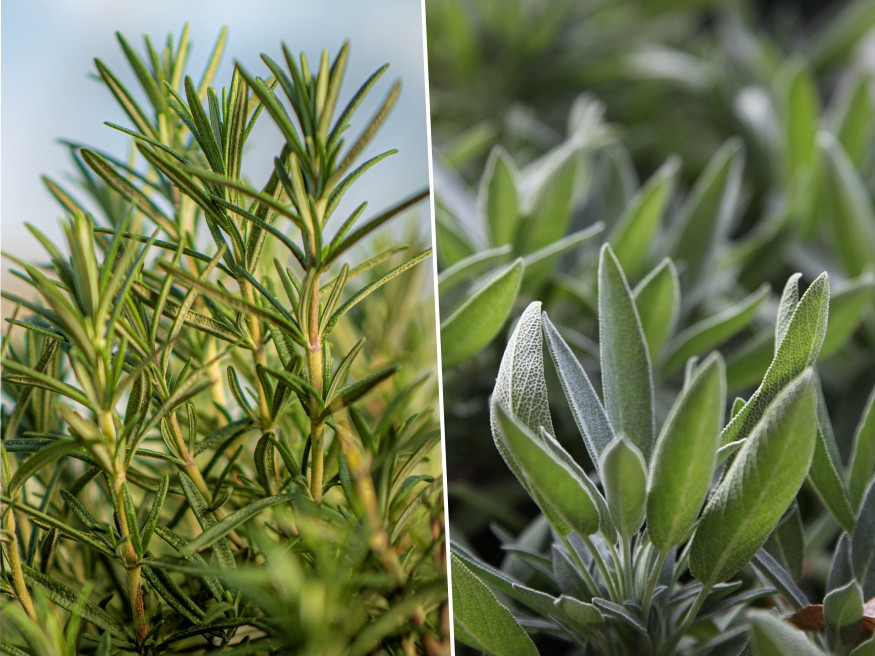
4. Nurturing Your Green Companions
Whether you opt for seeds or pre-grown seedlings, both methods are viable for cultivating herbs. While pre-grown seedlings offer simplicity, growing from seeds is a budget-friendly alternative. Post-planting, ensure your herbs receive approximately 50 mm of rainwater weekly.
Contrary to common fears, frequent leaf harvesting promotes robust growth. Don’t hesitate to pinch off leaves, as this stimulates increased leaf production, resulting in a more bountiful harvest.

5. Embrace Companion Planting
To naturally deter pests and enhance the growth of your herbs, consider companion planting. For instance, plant basil near tomatoes to improve their flavor and repel insects. Research suitable companions for your chosen herbs to create a thriving and symbiotic herb garden ecosystem.
6. Implement Mulching Techniques
Mulching is a game-changer for herb gardens, assisting in moisture retention, weed suppression and temperature regulation. Apply organic mulch, such as straw or wood chips, around your herbs to create an optimal growing environment.
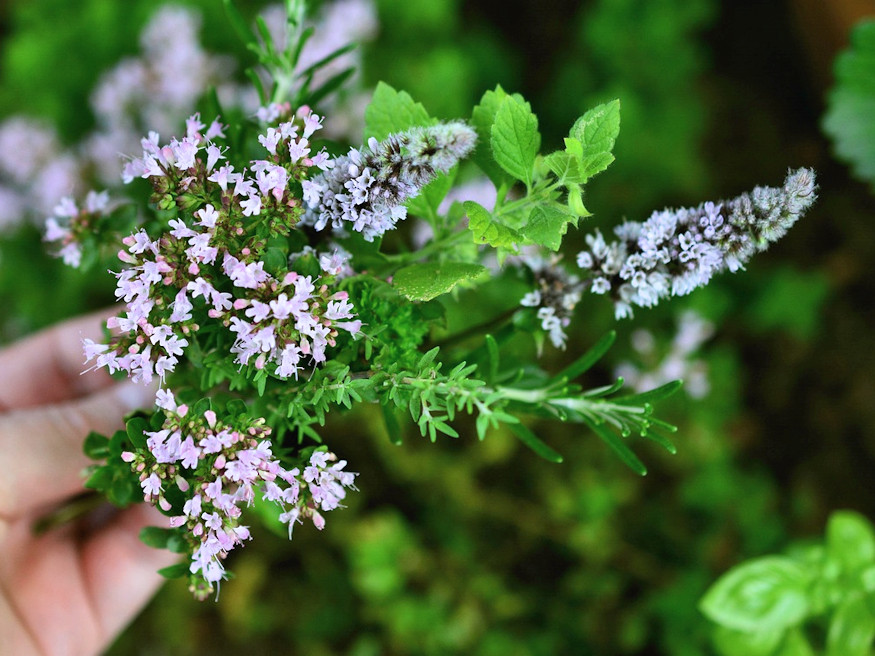
7. Preserve the Bounty
As the growing season concludes, extend the lifespan of your herb harvest by drying or freezing the leaves. This ensures a year-round supply of fresh herbs, a testament to the time and effort invested in your garden.
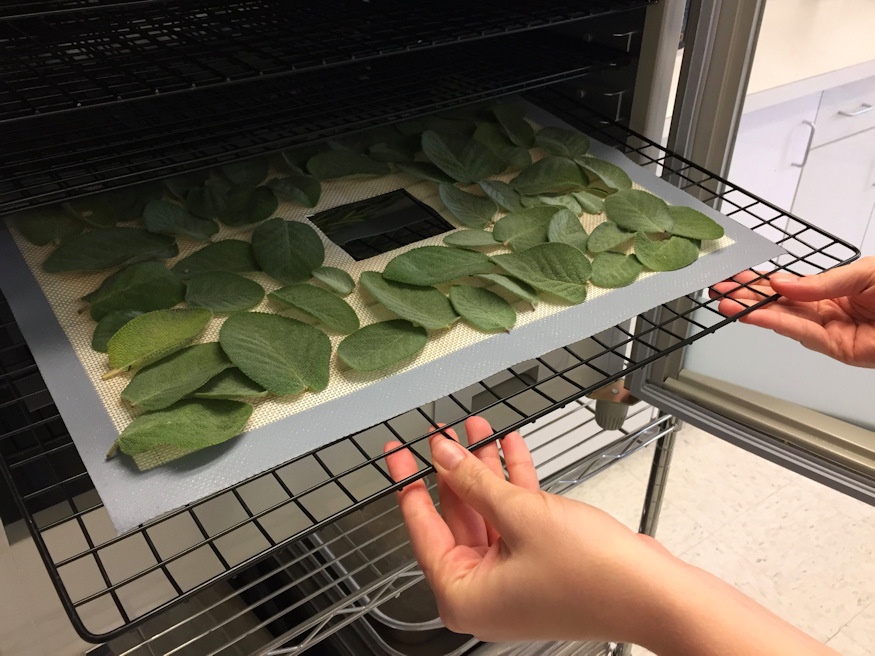
Harvesting Happiness: A Flavorful Finale to Your Herb Odyssey
Culminating your herb gardening journey with a touch of creativity, relish the vibrant colors and aromatic wonders your herbs bring to both garden and kitchen. The time dedicated to nurturing your herbal haven will undoubtedly yield a rich harvest, enhancing not just your culinary endeavors but your overall gardening satisfaction. Cheers to the perpetual joy of homegrown herbs!






